How to plan a trip to Japan: A complete guide
Learn how to plan a trip to Japan, including visa requirements, travel dates, places to visit, and tips to respect the Japanese culture while traveling
Preparing for a trip to Japan takes time. You might want to visit the country during the Sakura season, pay homage to Hiroshima, or simply try some delicious traditional food, but there’s the question: where will you stay? Do you need a visa? Can you go dressed as Naruto?
Considering these questions, we prepared a complete guide on how to prepare for a trip to Japan, considering all the major aspects and doubts you might come across.
Check for visa requirements before your trip
For US citizens, Japan is a visa-free destination. You can stay up to 90 days and move around major cities hassle-free.
Here are some things to consider when entering the country:
- A round-flight ticket.
- A passport valid for at least 6 months after your travel date.
- One blank passport page for the entry stamp.
- Less than ¥1,000,000 (~$6.500 USD). Higher amounts of money have to be declared to customs upon arrival.
While Japan is a visa-free destination, you can always check the US Travel State site for any changes regarding entry requirements.
Plan your travel dates and how long you plan to stay
Remember that Japan is a year-round destination, meaning that you’ll find travelers from around the world regardless of your travel dates.
But this doesn’t mean you can plan your travel dates to Japan, as there are different seasons and things to do throughout the year, like major holidays and festivals.
- Winter: From December to late February, Japan is “less crowded,” and prices are slightly lower. It’s a great time to visit areas like Mt. Fuji and enjoy outdoor activities.
- Spring: From March to May, it is considered one of the best seasons to visit Japan. The cherry blossom season is one of the best activities on these dates, but it’s more expensive and crowded around Japan.
- Fall: From mid-September to early December, the weather gets colder, there are many festivals around the country, and prices are lower than in spring.
- Summer: From late May to early September, it’s considered the “best” time to visit Japan as it becomes too warm and hot for visitors, lowering hotel and flight prices.
This is a quick overview of seasons in Japan, which can help you plan your trip based on your budget and what you want to do.
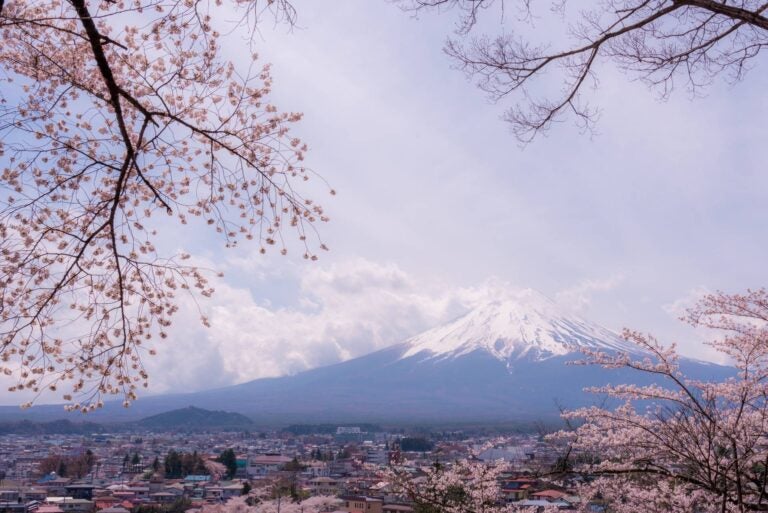
But no matter your Japan trip dates, prepare a budget to stay at least two weeks if this is your first trip. For your second trip, you can spend fewer days visiting specific regions. places you couldn’t go to before, or plan a day trip from Tokyo to a Japan hidden gem.
Think where you want to go
The Rising Sun country has many places to visit. Depending on your type of traveler, the places you want to visit will vary.
Are you looking for an anime-like adventure? Among the best things to do in Akihabara is to connect with the anime culture, where you’ll find huge multi-floor buildings with manga, merchandise, and everything you can imagine related to famous animes.
Looking to try the local food? Tokyo street food offers a mix of flavors to travelers. Whether you have a sweet tooth or prefer salty food, there’s much to try, from crepes to takoyaki and ramen.
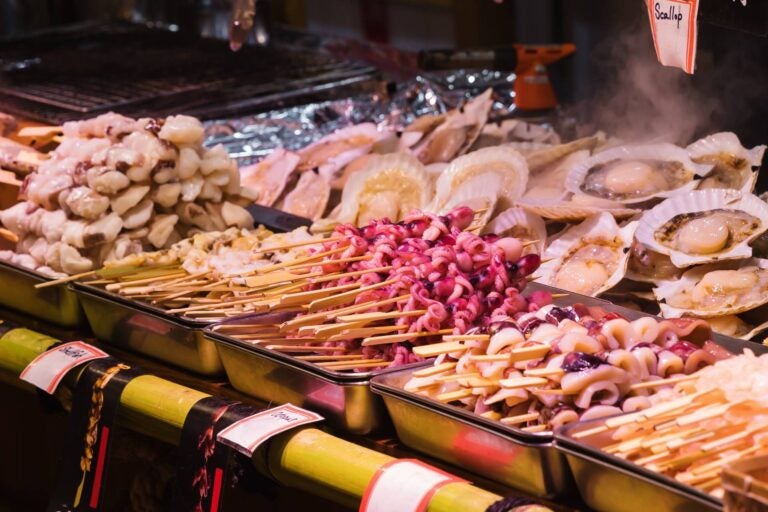
Interested in learning about Japan’s history? The geisha district is one of the best things to do in Kyoto, but you can think about visiting Hiroshima Onshu Island or spending a day in Takayama for a trip to the past.
There’s much to do in Japan, so preparing a travel itinerary will help you keep things tidy.
Create a travel itinerary
Even though we’ve already mentioned some things you can do during your trip to Japan, there’s much more to do there. But these aren’t the only things to include in your itinerary.
When preparing your whole itinerary, here are some additional things that will help you during your Japan trip.
- Buy a JR Rail Pass to save on train tickets and get unlimited access to bullet trains and make visiting other cities around the country easier.
- Always consider the closest things to do to your location, including museums, traditional restaurants, and outdoor areas.
- Get an Integrated Circuit Card (IC Card) to pay for Japan’s trains, subways, buses, and ferries. IC Cards are also useful at certain convenience stores, restaurants, and vending machines
- Download Japan travel-oriented apps for your trip, like Japan Travel by NAVITIME or Tokyo Subway Navigation, to move around metro stations and major areas.
- Prepare a daily budget considering the cost of traveling to Japan to plan which places you want to visit and what activities you’ll do.
- Remember to get mobile internet in Japan to upload photos, break the language barrier with Google Translate, and navigate around bustling streets.
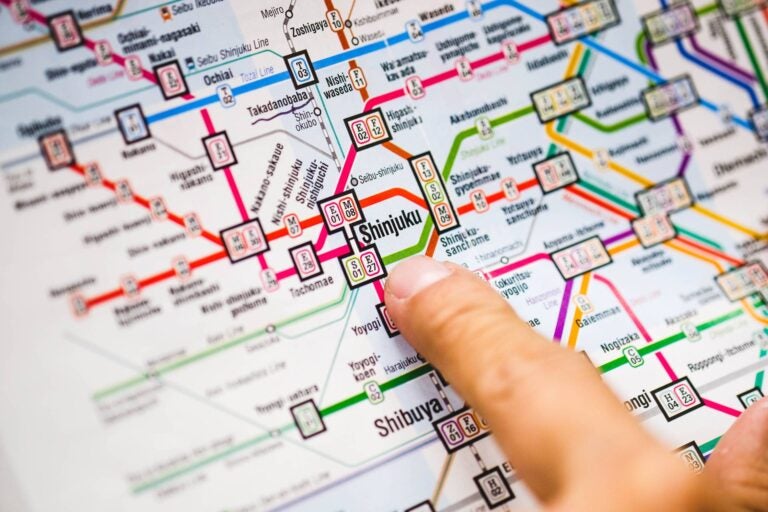
Choose where to stay: Hotel, Airbnb, or ryokans
When thinking about how to plan a trip to Japan, it’s a must to consider where you’re staying.
In addition to traditional hotel and Airbnb rooms, you can try a local option: Ryokans, which are traditional Japanese inns.
Hotels and Airbnb pricing start from as low as $47 for two people in specific areas of Tokyo, Osaka, Kyoto, and other major cities in Japan and are ideal for longer stays.
On the other hand, Ryokans are focused on giving visitors a full experience of Japanese hospitality. At the same time, they enjoy other activities, like bathing in a private onsen (hot spring), attending a tea ceremony, trying Japanese food, trying a yukata (traditional Japanese clothing), and much more.
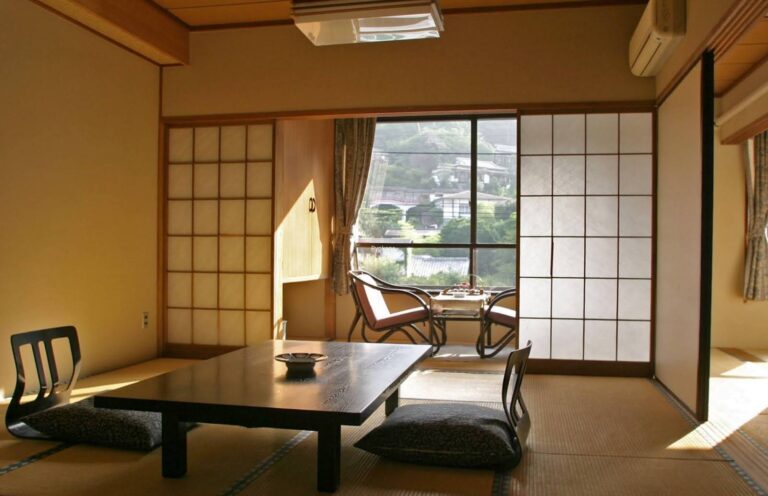
Another option would be hostels, which are cheaper and a great way to save money for other activities during your trip.
But no matter your option, make sure to book your accommodation months ahead, especially to find great deals and places close to tourist sites.
Buy your plane tickets
One thing to buy in advance is plane tickets. Traveling to Japan is a bit expensive for two reasons: it’s quite far from the US and is a year-round destination.
If you want to find cheaper plane tickets, consider buying with at least two months in advance. Here’s a quick look at pricing:
- Depending on your travel date, a round-flight ticket from Boston Logan Airport to Tokyo costs $1.062 to $1.655.
- Depending on your travel date, a round-flight ticket from Miami Airport to Tokyo costs $992 to $1.225.
- Depending on your travel date, a round-flight ticket from Denver Airport to Tokyo costs $1.061 to $1.639.
Consider Narita Airport or Haneda Airport the cheapest options for your trip to Japan. Other major airports in cities like Hiroshima, Sapporo, or Osaka easily increase flight pricing from around $100 to $200.
Find the best way to exchange your money
During your trip to Japan, you can likely easily use dollars at most places you visit, including many restaurants and hotels, buy tickets, and so on.
But it’s always good to have some pocket money for small expenses, like buying water in 7-Evelen, buying a shio daifuku while walking around Kyoto, using a vending machine, or paying for cash-only ryokans.
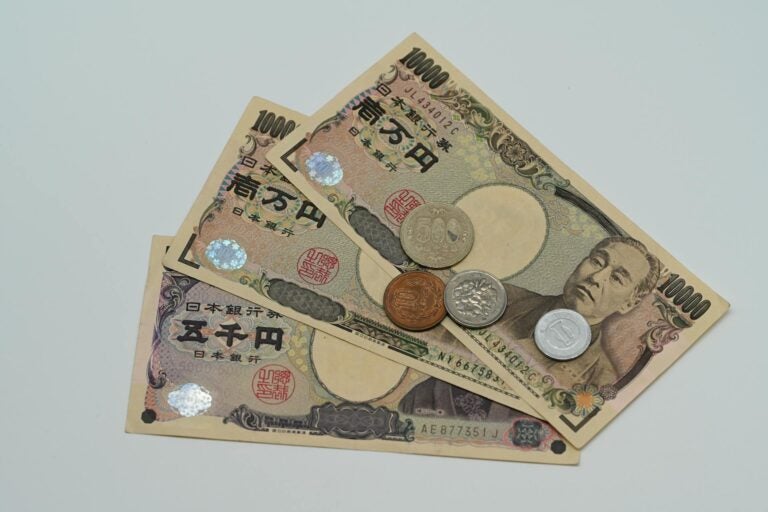
The best way to exchange your money is after you leave the airport. If you really need some money before leaving the area, just exchange a small amount of dollars, as airports have the worst rate and you’ll lose some money.
Once you hit downtown while finding things to do in Shinjuku or Ginza, you’ll find different exchange houses with better rates.
Travel tips for visiting Japan
With most things clear about how to plan a trip to Japan, it’s time to talk about some tips to make things easier for you.
- Buy a Japan Rail Pass: Bullet trains, also known as Shinkansen Train, are the fastest JP trains to move from north to south in record time, but the JR Pass is a bit expensive ($336 per week), so use it as much as possible.
- Consider seasons: It’s important to consider what you’ll experience during your trip, as this will change how you pack to Japan.
- Learn public transportation etiquette: While moving on public transportation, like trains, cable cars, or buses, be quiet, minimize disruptions, keep your belongings with you, and focus on other passengers’ comfort over yours.
- Remember Japanese tipping culture: Tipping can be considered rude in Japan but might be accepted by private guides, your guides, geishas, and certain ryokans if your experience is extremely good.
- Check dates for major holidays and important events: While the Cherry blossom season is quite an important date, don’t forget to check the dates for Awa Odori, Sapporo Snow Festival, or Gion Matsuri for a complete Japanese experience.
- Use luggage delivery services: Also known as takuhaibin; these services help you by sending your suitcases from main airports, like the Narita or Haneda Airport, for as cheap as ¥2.000 to 3.000 (~$13.12 to 19.68).
- Digital payments are widely accepted, but always carry some cash: Using your phone in Japan to pay is quite common, but don’t forget to keep some cash in your pocket as you might need it.
- Respect local culture: Japan has a pretty respectful culture, which includes respecting and following etiquette rules in temples and shrines, learning basic bowing gestures, respecting locals and the way you talk to them, and even taking a photo with some people on it requires asking them for permission, so keep this in mind.
- Avoid high fees when roaming in Japan: Roaming is quite pricey, with a daily price of $10 to $12 per day, and you can easily spend over $100 for a two-week stay. Consider options like a Japan eSIM or Japan SIM card to save some extra money.
Get an Holafly eSIM for Japan with unlimited data for your trip
Finally, to ensure you have everything for your Japan trip, you can’t forget the internet connection for your entire trip.
Whether using Google Translate, buying an IC Card, uploading photos, or browsing Maps, a high-end alternative like an eSIM is far better than using a SIM card or a pocket WiFi in Japan.
With Holafly, you have two alternatives to get internet during your trip: A Holafly eSIM for Japan starting at $6.90 with unlimited data, data-sharing, 24/7 customer support, and prices as low as $1.55/day.
If you’re also visiting South Korea, the Holafly eSIM for Japan and South Korea might be of interest. You enjoy seamless connectivity across borders without needing to swap SIM cards.
But if what you need is a different service because you’re a remote worker or you’re traveling with family and friends, Holafly Connect has other top-tier options.
Holafly Connect: Your internet moves with you. No strings attached
Holafly Connect gives you flexible monthly plans that renew automatically, giving you 5G speed and global coverage, no matter if you visit Tokyo, Osaka, or somewhere else in Japan.
Here are the available plans included with Holafly Connect.
- Unlimited data for remote workers and digital nomads who need constant connectivity.
- 25 GB plan for video calls, work tools, and seamless browsing.
- 10 GB plan for essential internet use on shorter trips.
Feel like this service is better for your trip? Visit our Holafly Connect page, choose the plan that fits your needs, and activate it in seconds. Stay connected wherever you go!





 Language
Language 


















 No results found
No results found














